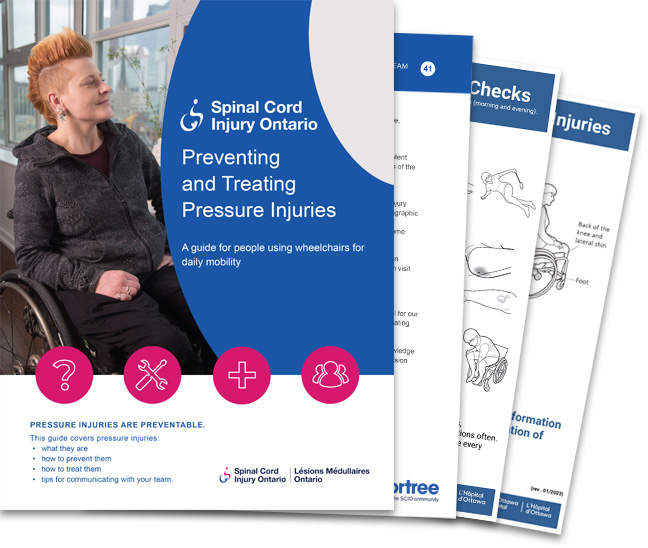Today, we’re talking about basic manual wheelchair maintenance and repair, and how to maintain a wheelchair. Roger Sinclair from GTA Wheelchair & Scooter Service provides a guide on how to manually maintain your wheelchair. Roger explains that manual wheelchairs are used for several hours each day, and therefore require regular maintenance. He highlights some common signs that indicate maintenance is needed, such as when the chair pulls to one side or makes a squeaking sound. Roger advises checking the bearings and the tires for signs of wear and tear, such as flat spots or debris wrapped around the axle.
He also discusses the importance of checking the stem bearing and the brakes to ensure they are in good working order. Roger demonstrates how to adjust the axle and how to identify when the bearings need to be replaced. He also emphasizes the importance of checking the small wheels for wear and tear and recommends doing a visual inspection of the chair at least once a month. By following these tips, you can help maintain your wheelchair and prevent any potential issues from arising.
Maintaining a manual wheelchair is crucial for ensuring its longevity, as well as the safety and comfort of the user. Here are some of the reasons why manual wheelchair maintenance is so important:
- Safety: A well-maintained wheelchair is less likely to malfunction or break down, which can be dangerous for the user. For example, loose bolts or worn out tires can cause the wheelchair to tip over, potentially causing injury to the user.
- Comfort: A wheelchair that is properly maintained will be more comfortable for the user. For example, if the seat cushion is worn out or the backrest is sagging, the user may experience discomfort and pain.
- Performance: Regular maintenance can help ensure that the wheelchair performs at its best. For example, properly inflated tires will provide better traction and maneuverability, while a well-lubricated frame and moving parts will make it easier to push.
- Cost savings: Regular maintenance can help prevent costly repairs down the line. For example, catching a worn-out tire before it goes flat can save the user from having to replace the entire wheel.
Some basic manual wheelchair maintenance tasks that should be performed regularly include checking the tires, inspecting the frame and moving parts for damage or wear, tightening bolts and screws, and lubricating the moving parts. It’s also important to follow any specific maintenance instructions provided by the manufacturer.
Overall, taking care of a manual wheelchair is essential for ensuring the safety, comfort, and performance of the user, as well as saving money on repairs in the long run.
If you enjoyed this video about basic manual wheelchair maintenance and repair, and how to maintain a wheelchair, please remember to like, share, subscribe, and leave a comment if you have any questions or suggestions. We hope to see you here again soon!





